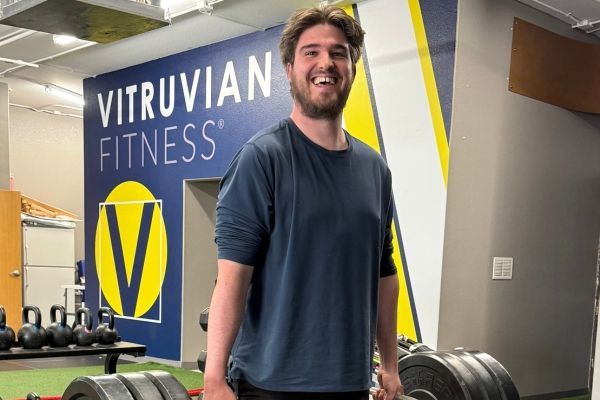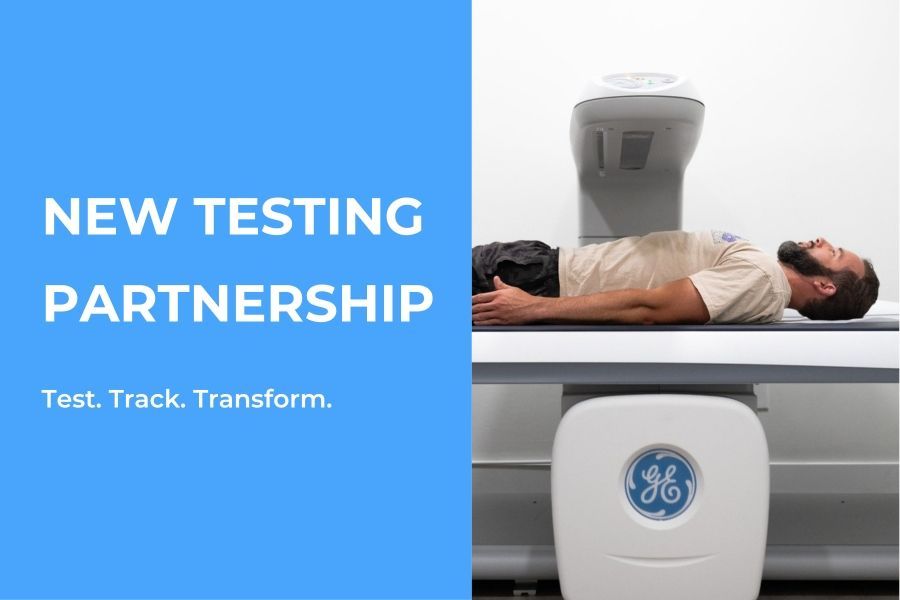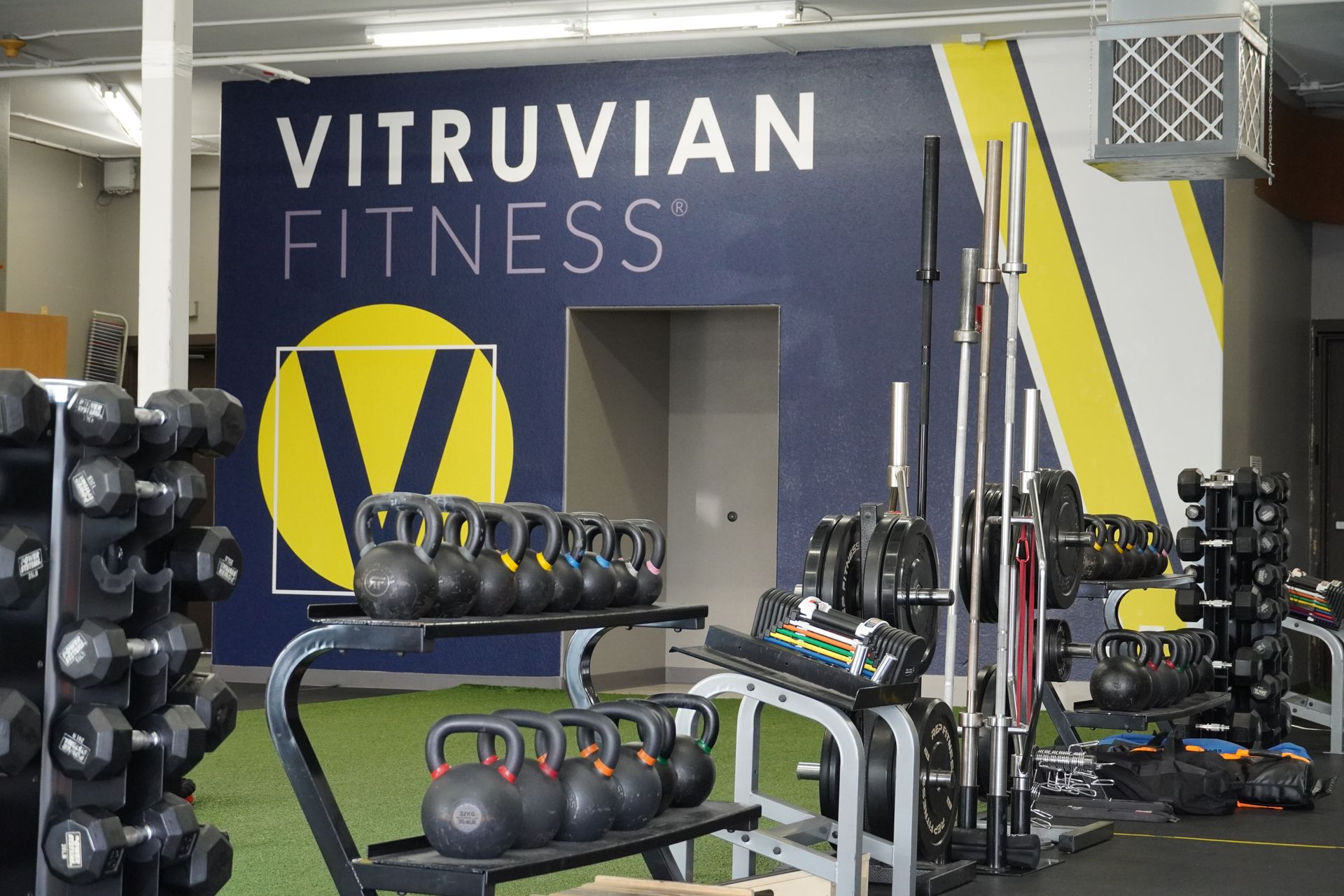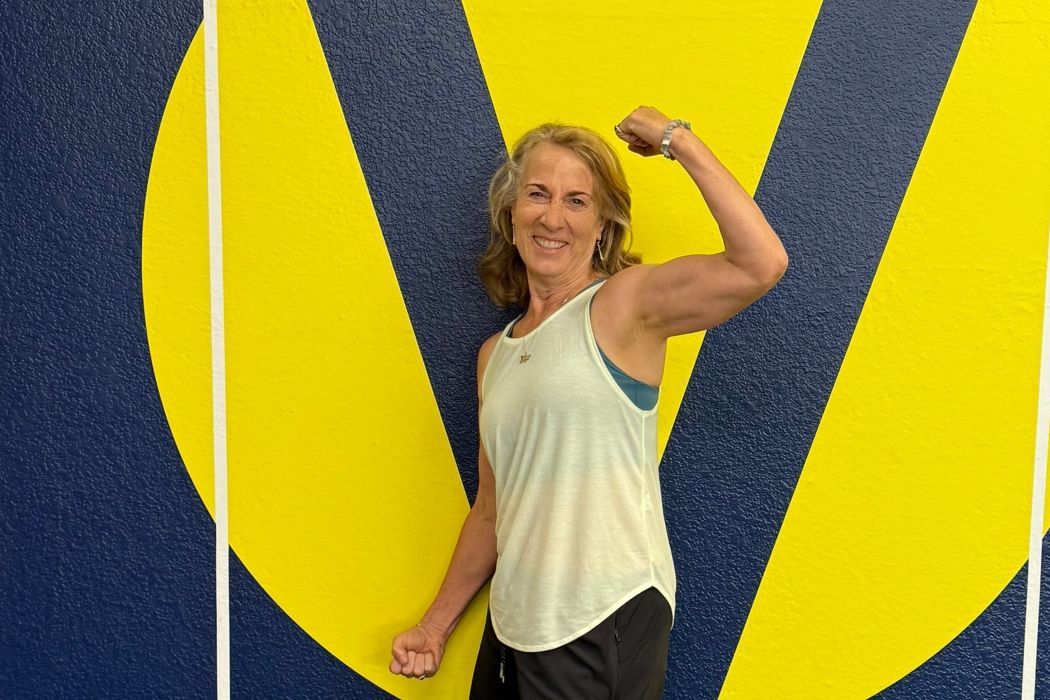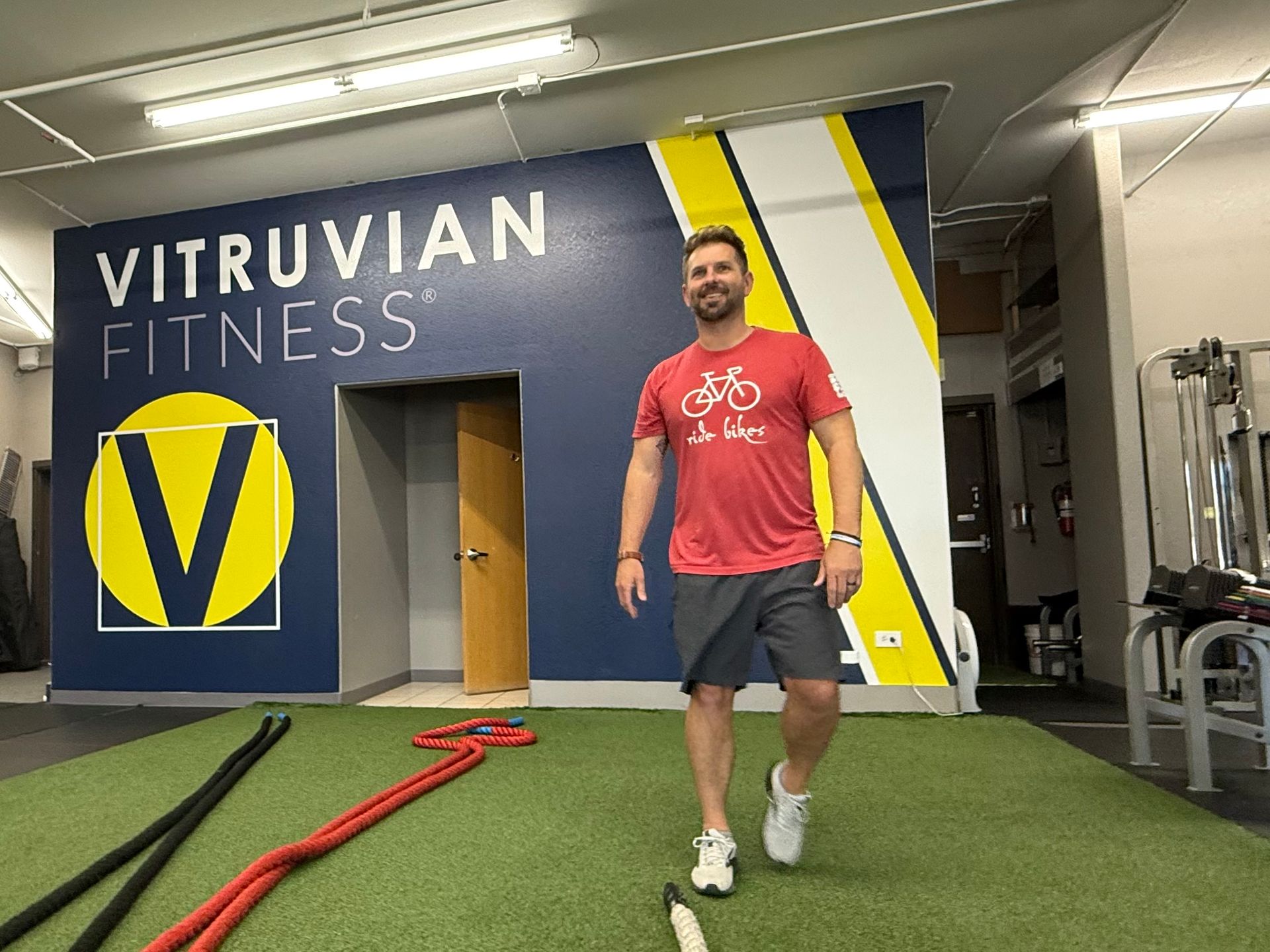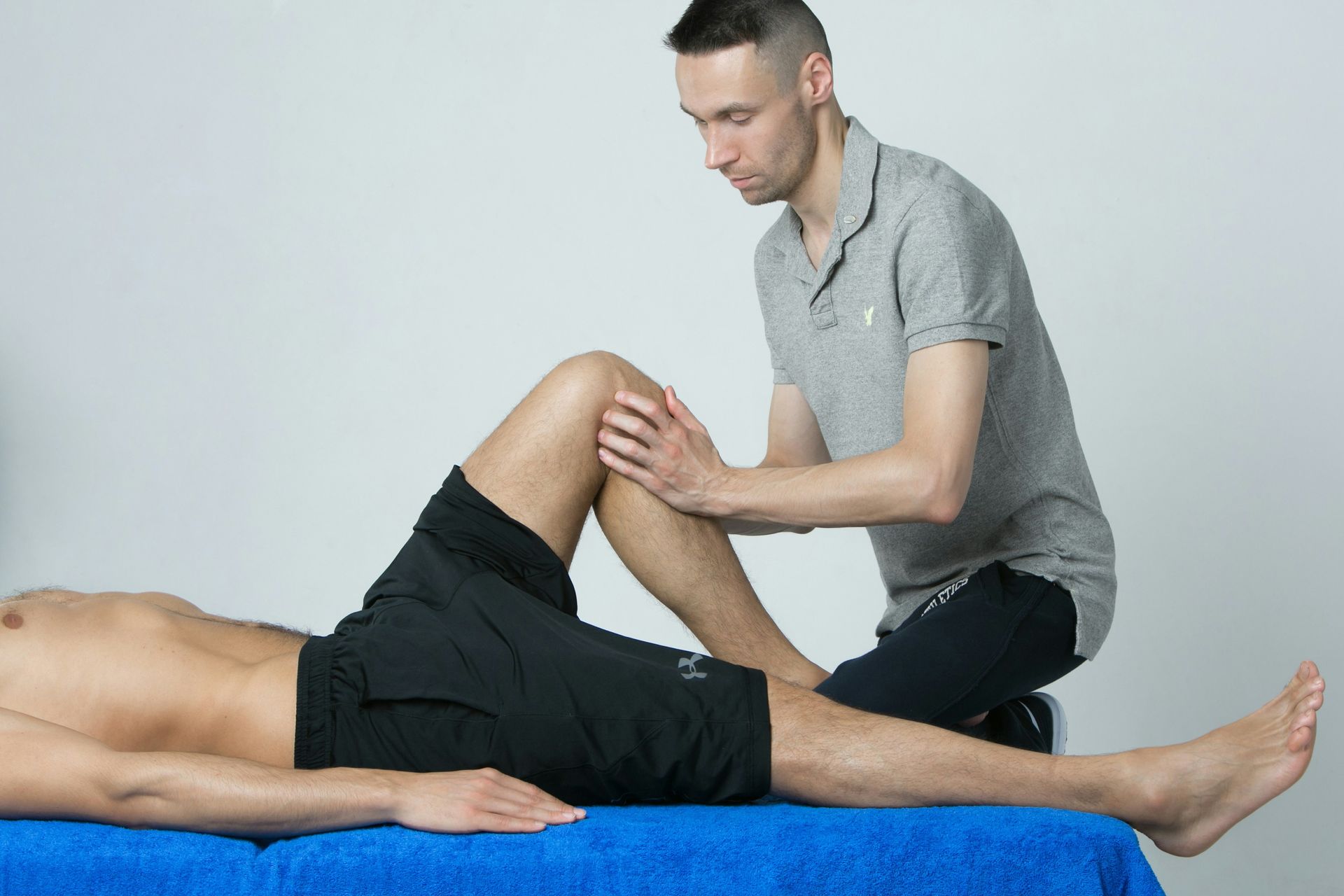The Benefits of Foam Rolling Before Your Workout
The Benefits of Foam Rolling Before Your Workout:
Enhancing Performance and Reducing Injury
In the realm of fitness and exercise, finding ways to optimize performance and minimize the risk of injury is of paramount importance. One practice that has gained significant attention for its potential benefits is foam rolling, specifically when incorporated into pre-workout routines. Foam rolling, a form of self-myofascial release, involves using a cylindrical foam roller or other tools to apply pressure to muscles, tendons, and fascia to reduce tension and promote flexibility. This post explores the advantages of foam rolling before a workout, drawing insights from reputable sources such as Anatomy Trains, Team EXOS, Cressey Sports Performance, and research published on the National Center for Biotechnology Information (NCBI) website.
Enhanced Muscle Function and Performance
Foam rolling has the potential to enhance muscle function and performance through the manipulation of fascia, the connective tissue that surrounds muscles, bones, and organs. According to Thomas Meyers of Anatomy Trains, fascia plays a crucial role in transmitting forces within the body, contributing to overall movement efficiency. When fascia becomes restricted, it can impede muscle function and limit range of motion. Foam rolling acts as a form of self-massage, applying pressure to restricted areas and improving the function of your fascia. This can lead to improved muscle length, joint range of motion, and overall movement quality, all of which are essential for optimal performance during a workout.
Activation of Neuromuscular Pathways
Team EXOS, a leading provider of human performance solutions, emphasizes the role of foam rolling in activating neuromuscular pathways. Foam rolling before a workout can stimulate sensory receptors in the muscles and fascia, leading to increased neural input and improved muscle activation. This heightened neural drive can contribute to more effective movement patterns and muscle recruitment during exercises. Furthermore, the release of tension in overactive muscles through foam rolling can help restore proper muscle balance and coordination, which are vital for preventing compensation patterns and potential injuries during a workout.
Injury Prevention and Pain Reduction
Another compelling reason to incorporate foam rolling into pre-workout routines is its potential to reduce the risk of injury and alleviate pain. Eric Cressey of Cressey Sports Performance, a renowned strength and conditioning coach, discusses the role of foam rolling in improving tissue quality. Tight or restricted muscles and fascia can create imbalances that increase the likelihood of strains, pulls, and other injuries. Foam rolling helps break up adhesions and knots in these tissues, promoting blood flow and nutrient delivery to the muscles. This not only aids in injury prevention but also contributes to a reduction in muscle soreness and discomfort, allowing for more productive and enjoyable workout sessions.
Scientific Validation
The benefits of foam rolling are not only anecdotal; they are supported by scientific research as well. A study published in the NCBI database underscores the positive effects of self-myofascial release techniques, including foam rolling. The study highlights that foam rolling can lead to short-term improvements in joint range of motion, specifically at the hip and knee joints. Furthermore, foam rolling has been shown to enhance muscle performance and reduce muscle fatigue. These findings corroborate the practical insights provided by experts in the field and solidify the value of incorporating foam rolling into pre-workout routines.
Optimal Application and Considerations
While foam rolling offers numerous benefits, it's important to approach its incorporation into pre-workout routines with a degree of mindfulness and understanding. Experts from the resources cited emphasize that foam rolling should not replace dynamic warm-up exercises but rather complement them. Foam rolling can be seen as a preparatory step that helps enhance the effectiveness of subsequent dynamic movements. It's also important to focus on specific areas of tightness or discomfort and to apply appropriate pressure without causing excessive pain.
In conclusion, the practice of foam rolling before a workout holds significant potential for enhancing performance and lessening the risk of injury. Through its impact on fascia, neuromuscular pathways, and tissue quality, foam rolling contributes to improved muscle function, increased flexibility, and optimized movement patterns. The insights provided by Anatomy Trains, Team EXOS, Cressey Sports Performance, and scientific research from NCBI highlight the practical and evidence-based advantages of incorporating foam rolling into pre-workout routines. By understanding its proper application and considering individual needs, fitness enthusiasts can harness the benefits of foam rolling to elevate their workout experiences and achieve their fitness goals with greater efficiency and safety.
Curious to learn more about Vitruvian Fitness?
We encourage you to do a 30-Day Trial Membership. In 30 days, you will get a private onboarding session that includes the Functional Movement Screen®, then 8 semi-private training sessions doing the program we design based on that first session. And you’ll get to be a part of one of the most inviting, inclusive, and fun communities you’ll find anywhere. At the end of your trial, you decide if you liked it and if you want to continue with a regular 6-month membership. All the options and prices are on our Membership page.
Click here to sign up now or click the Talk to a Trainer button to schedule a call to learn more.
Attribution: This article was written with assistance of ChatGPT.
You might also enjoy these posts . . .
